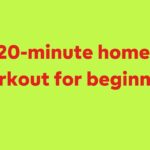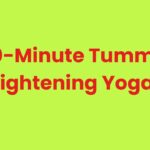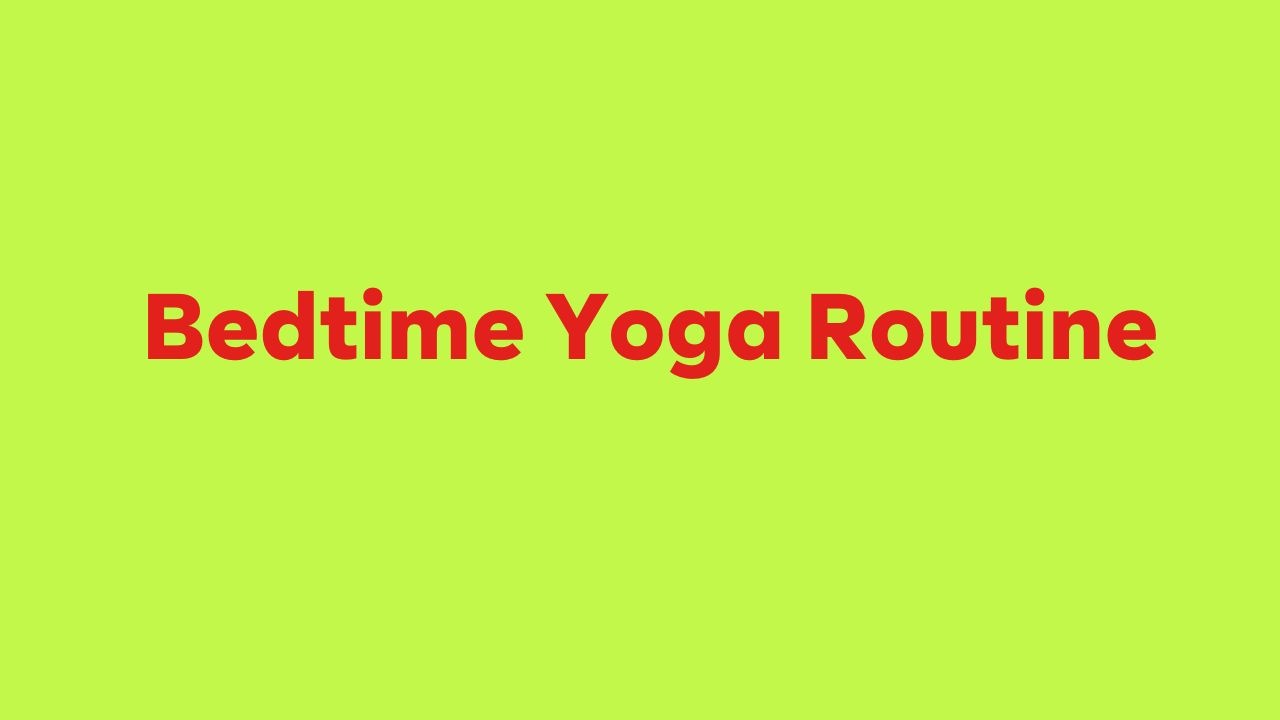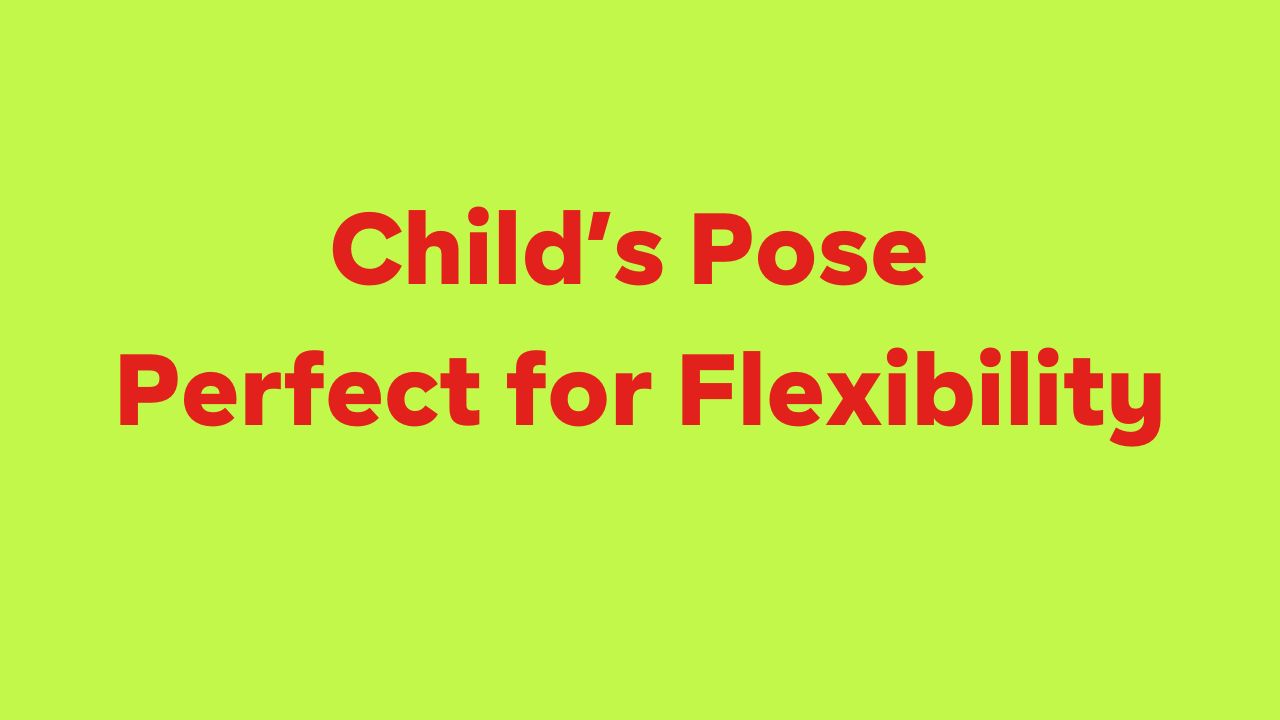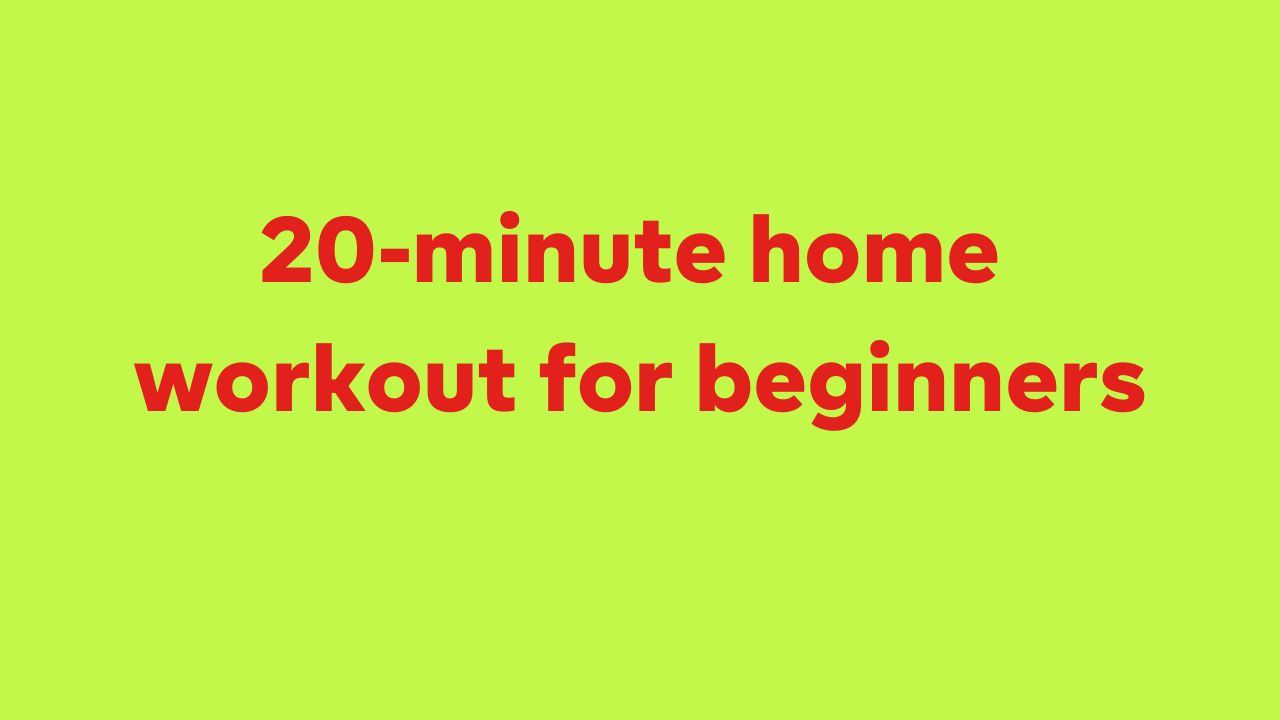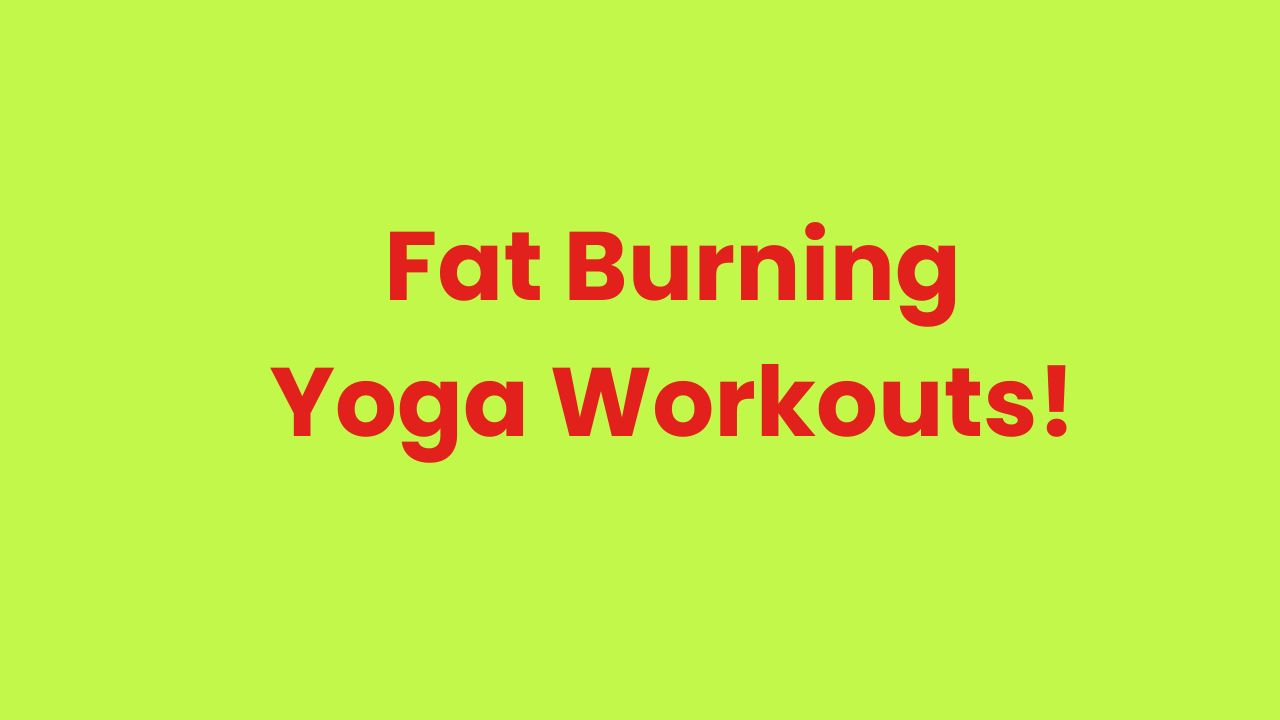Wind down Your Day with This Stress-Relieving Bedtime Yoga Routine
We will be practicing a bedtime yoga flow that is designed to promote relaxation and release tension in your body, allowing you to have a deep and restful sleep. Starting off by lying on your back with your knees bent and feet resting on the floor, place your hands on your belly to connect with your breath. Take deep breaths, feeling your abdomen expand as you inhale and contract as you exhale.
As you continue to breathe deeply, focus on releasing any tension held in your body. Allow yourself to sink into the mat, letting go of the stresses of the day. With each breath, imagine releasing any tightness or discomfort from different areas of your body.
As we move through various gentle poses and stretches, pay attention to any sensations or feelings that arise. Remember to maintain a steady and relaxed breathing pattern throughout the practice.
Close your eyes and allow yourself to fully surrender to this moment of peace and tranquility. Finally, when you are ready, gently come out of the practice and prepare yourself for a restful night’s sleep ahead.
As you breathe in, focus on feeling your ribs expand out to the sides, creating space in your chest. Notice how it all moves back in and down as you exhale, feeling the release of tension. Now, as part of our warm-up, we will incorporate a twisting exercise to increase flexibility and mobility.
Lie on your left side with your body relaxed as if you are sleeping. Stretch your right arm past your left arm while gently rotating your upper body to look downward. This movement helps to stretch the muscles along your spine and open up the chest area. Feel a gentle but deep stretch in your torso as you hold this position for a few breaths.
The twisting exercise also helps to improve digestion and can alleviate any stiffness in the spine or shoulders. Take slow, deep breaths as you hold the stretch, allowing the oxygen to flow through and facilitate relaxation. Visualize releasing any built-up tension with each breath out, leaving your body feeling more supple and light.
This exercise prepares us for further movements by activating core muscles and loosening up tight areas such as the upper back and neck. Continue to focus on your breathing pattern while holding the twist, allowing it to guide you deeper into the stretch with each inhale and exhale.
Remember not to force or push beyond what feels comfortable; instead, ease into the stretch gradually to avoid strain or injury. Lastly, when ready, gently release from the twisting position and prepare for additional warm-up exercises tailored to enhance overall flexibility and strength.
Roll onto your right side and reach your left arm to feel a stretch in the back of your right shoulder. Slide and open up two times, following your breath. Roll back to the starting position, come onto your hands and knees, and stretch back into your first child’s pose. Inhale, bring your hips to your wrists, and roll the buttocks down as you lift up through the front of the spine and pelvis. Exhale and stretch back two more times.
Your Mind and Body with This Relaxing Bedtime Yoga Sequence
As you settle into the child’s pose, take a moment to feel the warmth and mobility in your body. Connect with your breath and allow yourself to release any tension. Transition onto your back and open your arms out to the side. Cross your right ankle over the left knee and let your legs fall to the left, then switch sides.
Feel free to hug your knee in towards your chest or transition into a pigeon pose for added stretch. This lying down sequence offers an opportunity to unwind and relax after holding the child’s pose. Focus on deep breathing and embracing the feeling of release in your body.
A useful modification for the reclining pigeon pose involves cradling one leg while stretching the other leg out. This creates a similar effect to the traditional single pigeon stretch. You might initially question why not simply do the single pigeon pose instead, but experimenting with different variations can provide valuable insights into your body’s flexibility and mobility.
After holding the cradled leg position, you can switch to the other leg to ensure both sides receive equal attention and stretching. Additionally, incorporating happy baby pose into your routine can offer an effective way to release tension in the lower back, hips, and hamstrings. Rolling up to a seated position after happy baby allows for a smooth transition, enabling you to maintain a comfortable and steady pace during your practice.
Sitting comfortably in this position provides an opportunity for introspection and reflection on how your body feels post-stretching. Incorporating these modifications alongside traditional poses helps create a well-rounded yoga practice that targets various muscle groups and promotes overall flexibility and strength.
Spread your legs apart. Place a cushion under your hips to sit up straight. Bring your left heel towards your pubic bone and bend to the side over your right leg. You can place your left hand behind your head or reach it over to grab your foot. Then, switch sides.
Say Goodbye to Tension and Stress with This Child’s Pose Yoga Sequence!
As you come back up, take a wide stance with your legs and stretch forward as far as comfortable. It’s okay if you can only sit up tall, just find a position where you feel a five on a scale of 1 to 10 in terms of effort. Hold that position for five breaths before lying down for shavasana.
As you lie on your back, start by scanning your body. Feel the muscles in your face relaxing and release any tension in your eyes. Allow yourself to sink into the mat, letting go of any stress or strain you may be holding. Take deep breaths and gradually let your whole body relax.
Bring awareness to each part of your body, from your head down to your toes. Visualize each muscle unwinding and feel the weight of gravity pulling you deeper into a state of calm and ease. Stay present with each breath, allowing yourself to surrender fully to the restorative power of shavasana.
Finish by slowly coming back to awareness, wiggling fingers and toes before gently returning to a seated position. Observe how your body feels after this practice, noting any sense of renewal or relaxation that may have emerged.
Relax your shoulders and neck, let your arms drop with palms up, release tension in your hands and fingers, feel your heart soften, relax your abdominal and back muscles, let your hips and thighs be heavy, release tension in your feet and toes, relax your whole body and fill it with light.
Bend your knees and roll to your side. Then, press yourself up.


